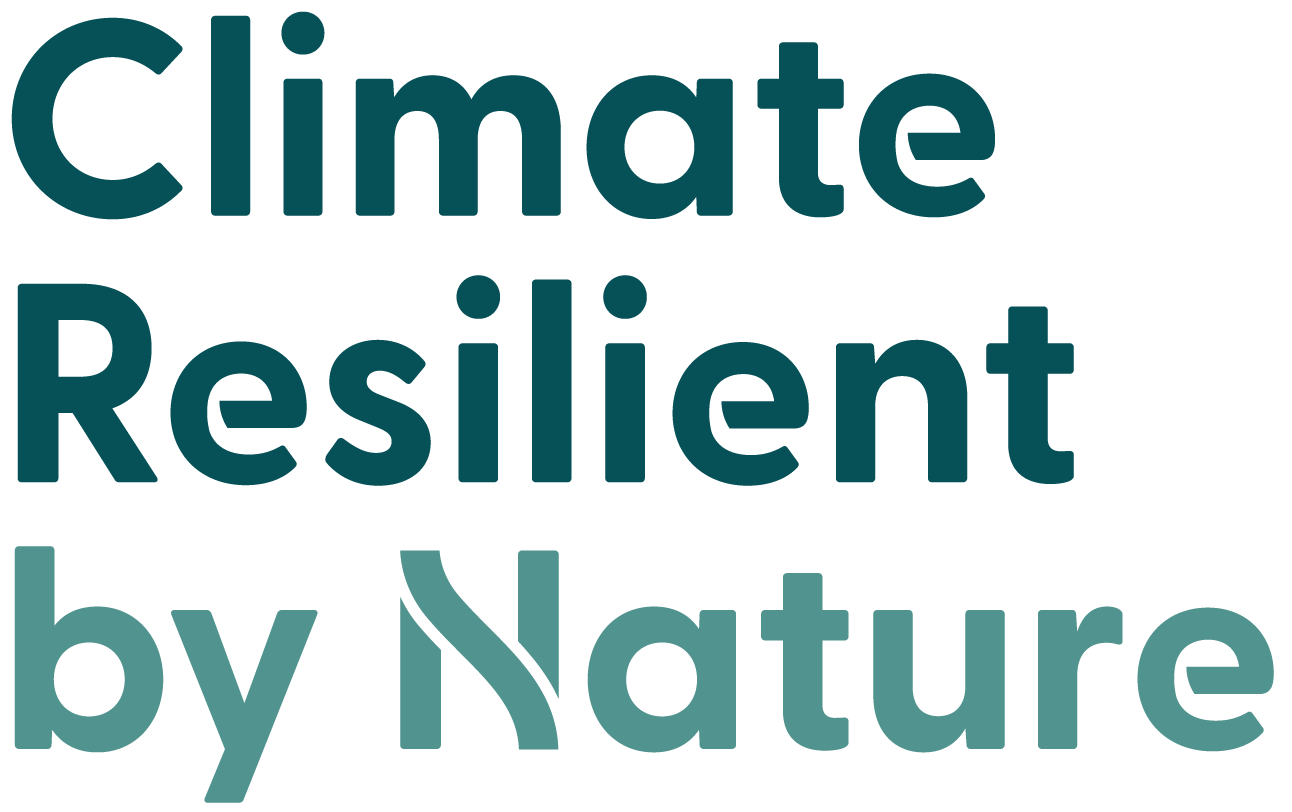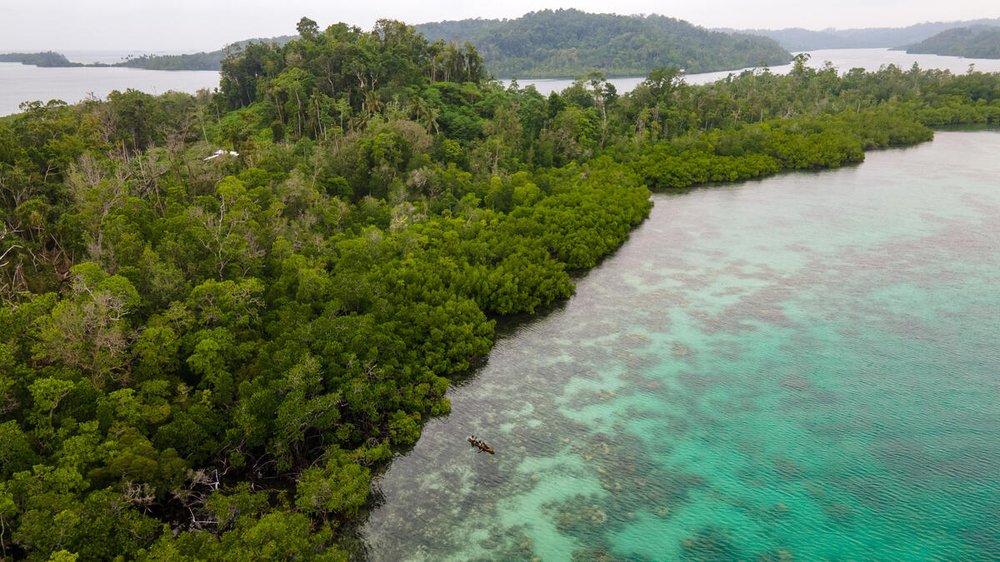Where we work
CRxN supports projects and research across the Indo-Pacific. Learn about why we work in these areas and our current projects.
Solomon Islands
Solomon Islands is home to a wealth of biodiversity. Its Western and Central seascapes fall within the Coral Triangle and harbour a diverse array of marine habitats. In particular, the islands near Ghizo and Central Province have been recognised for having the second highest levels of fish species diversity in the world. Some of its coral reef species are also less exposed to climate change and are significant for protection and conservation. Solomon Islands is also home to lush and dense primary forests and mangrove systems.
These diverse ecosystems have important roles to play in the production of nutritious foods, underpin livelihoods and hold great cultural and social significance. However, they are under threat. Perceived opportunities for economic development have led to unsustainable logging of Solomon Island’s biodiverse forests, with 130,000 hectares lost from 2002-2021. Overharvesting of marine resources has also led to declining fish stocks. In addition, the impacts of climate change are placing these ecosystems - and the critical resources, services and benefits they provide communities under further pressure.
To address these challenges CRxN is supporting:
WWF-Solomon Islands’ work with communities in Western Province to sustainably manage sea grapes.
World Vision’s Farmer-Led Natural Regeneration project that is supporting community-led efforts to protect and restore forests and mangroves in North Malaita and Makira.
Save the Children Global Ventures’ project that is working with the Kira Tribe in South Malaita as they prepare for carbon market project registration.
Fiji
Fiji is home to a wealth of biodiversity — including the world’s third longest continuous barrier reef system. Known as Cakaulevu, the reef spans over 200 sq km. across four provinces supporting the livelihoods of up to one third of the country’s population.
As a whole, Fiji's waters are some of the most biologically diverse in the world, and it also contains carbon dense and biodiverse forests and mangroves. These ecosystems are critical to Indigenous landowners and local communities. Along with holding great cultural and social significance, many of these ecosystems support the production of nutritious foods, protect fresh water sources and underpin local livelihoods as well as the national economy.
However, these ecosystems are under threat. Rising ocean temperature due to climate change has led to coral bleaching and associated coral death. Coastal areas, which serve as vital spawning grounds and habitats for the marine life and resources that many Fijian communities depend on are also under pressure from overfishing and overharvesting. Perceived opportunities for economic development have led to unsustainable logging with 7,280 hectares of humid primary forests destroyed between 2002-2021.
To address these challenges CRxN is supporting:
Kyeema Foundation and Corals for Conservation’s Community-led Coral Reef Restoration work in Lomaiviti and Nadroga-Navosa.
WWF-Fiji’s Nature-Positive Business for Climate Critical Ecosystems project in Ba and Macuata Provinces.
Live and Learn Environmental Education and Nakau’s high integrity forest carbon projects in Drawa on Vanua Levu.
Papua New Guinea
Papua New Guinea is home to the third largest tropical rainforest in the world. It’s dense and intact forests and mangroves, have a critical role to play in the fight against climate change. Forming part of the Coral Triangle, the country also has globally significant marine diversity. With such diverse and unique ecosystems, it’s no surprise that over seven percent of the world’s total number of species are found in Papua New Guinea.
Papua New Guinea’s ecosystems are critical to its Indigenous landowners and local communities. Along with holding great cultural and social significance, many of these ecosystems support the production of nutritious foods, protect fresh water sources and underpin the livelihoods of local communities.
However, these ecosystems are under threat. Perceived opportunities for economic development have led to unsustainable logging of Papua New Guinea’s biodiverse forests with 820,000 hectares destroyed from 2002-2021. At the same time coral bleaching and associated coral death due to rising ocean temperature is placing once abundant reefs, and the benefits they provide to communities, under threat.
To address these challenges CRxN is supporting:
Kyeema Foundation and Corals for Conservation’s Community-led Coral Reef Restoration in Central (Yule Island and Tubeseria) and East New Britain (Corey Corals Island).
Live and Learn Environmental Education and Nakau work at a national level to support an enabling environment for high integrity carbon markets and scoping the feasibility of future project sites in Gulf Province, New Ireland and Highlands.
Vanuatu
From the 1960s to the 1990s, forests in Vanuatu were heavily logged. Although cutting commercial round logs for export is now illegal in the country, many forests remain degraded and land clearing for agriculture and livestock continues. There is a need to protect and restore these forests which provide Indigenous landowners with food, clean water, traditional medicine, cultural identity and protection from extreme weather.
Further, the country is bearing the brunt of climate change, with the impacts of successive cyclones and climate-related disasters being disproportionately felt by Ni-Vanuatu women. Enhancing women’s role in natural resource management and decision making is critical for building resilience to climate change.
To address these challenges CRxN is supporting:
Nature-based Solutions for Forests and People led by Live and Learn Environmental Education and Nakau to protect and restore critical forest ecosystems and build social, economic and climate resilience through carbon market-funded forest protection, regeneration and invasive species management in Loru and Vunausi on Espirirtu Santo.
Ni-Vanuatu Women Leading Solutions to Climate Change, led by ActionAid is supporting women to lead agroecology solutions to protect forest and grasslands on the islands of Tanna and Erramango in Tafea Province.
Samoa
Samoa is well known for its coastal and marine ecosystems – notably its expansive reefs, where at least 45 species of coral are found. These reefs are also home to a rich diversity of fish species and other freshwater biodiversity.
Samoa’s ecosystems and natural resource provide a source of income and food for its coastal communities. The reefs themselves also play an important role in protecting the coastline, acting as a buffer against storm surges. However, coral bleaching and associated coral death due to rising ocean temperature is placing these once abundant reefs, and the benefits they provide to communities, under threat.
Mass coral bleaching hit the wider Pacific region in 2015-16. Scientific consensus is that 90% of coral reefs could be lost within 30 years from coral bleaching, with disastrous consequences for food security, coastal protection, tourism, biodiversity and culture.
In the Pacific Islands, coral reef ecosystems are largely community-owned, and governments tend to relegate conservation measures to the communities. To create resilient communities, it is critical to not only address these distinct ownership structures but also to incorporate the wealth of traditional knowledge alongside broader science-based approaches, helping ensure both government and community support.
To address these challenges CRxN is supporting:
Community-led Coral Reef Restoration: Community, Corals and Chickens, led by Kyeema Foundation and Corals for Conservation focuses on the areas of A'ana and Tuamasaga.
Kiribati
Kiribati’s coral reefs are home to a diverse array of marine life and is a critical breeding ground for fish, including its globally important tuna stocks. This provides a source of income and food security for coastal communities, while the reefs themselves act as a buffer against storm surges. However, coral bleaching and associated coral death due to rising ocean temperature is placing these once abundant reefs, and the benefits they provide to communities, under threat.
Mass coral bleaching hit Kiribati in 2015-16. Scientific consensus suggests 90% of coral reefs could be lost within 30 years from coral bleaching, with disastrous consequences for food security, coastal protection, tourism, biodiversity and culture.
In the Pacific Islands, coral reef ecosystems are largely community-owned, and governments tend to relegate conservation measures to the communities. To create resilient communities, it is critical to not only address these distinct ownership structures but also to incorporate the wealth of traditional knowledge alongside broader science-based approaches, helping ensure both government and community support.
To address these challenges CRxN is supporting:
Kyeema Foundation and Corals for Conservation’s Community-led Coral Reef Restoration work in South Tarawa, Bairiki and Ambo.
Timor-Leste
Timor-Leste is a biodiversity hotspot comprising of a number of globally significant ecosystems. This includes tropical rainforest, mangroves, wetlands and marine environments that are home to more than 41,000 plant species These ecosystems play a critical part in climate regulation and can help build adaptive capacity to climate change.
However, natural ecosystems in the municipalities of Baucau and Viqueque have been severely depleted in the last century through intensive deforestation, slash-and-burn agriculture and heavy rains. This has led to degraded soil, which in Timor-Leste’s rugged and steep terrain, increases the frequency of landslides and landslips. In addition, these practices have weakened forest ecosystems and contributed to poor agricultural yield. Timor-Leste has a growing population, two thirds of which is rural. This, combined with a lack of alternative livelihood options means the clearing of forests for additional agricultural land will continue. The impacts of climate change are also being felt in Timor-Leste and existing environmental degradation could increase susceptibility to wildfires and flooding. This points to the need to support community adaptation and improvements to rural livelihood practices.
To address these challenges CRxN is supporting:
Transforming Rural Lives through Adaptation and Carbon Capture (TRACC), implemented by Caritas and Catholic Relief Services. The project uses nature-based solutions to promote agroforestry in Baucau and Viqueque.
Viet Nam
The Mekong River is famed for its rich aquaculture, inland fisheries and rice production. Due to economic pressures, farmers work tirelessly to deliver three rice harvests per year. The third harvest, which occurs during the natural flood season, brings with it a range of challenges. To grow rice during this time, farmers modify their plots including by constructing dykes This third harvest disrupts natural, seasonal flooding which rejuvenates the soil. As a result, this is causing the rice fields to decline in natural fertility and eventually, they will become non-productive. Many farmers consequently use large quantities of artificial ferilisers to compensate.
In Long An Province in particular, the disruption of the floodplains change is putting the last remaining, intact wetland site, Lang Sen Wetland Reserve, at risk. The isolation and disconnection of the wetland from the river pulse as well as heavy exposure to run off from pesticides and fertilisers upstream harms wildlife and disrupts natural nutrient cycles and processes.
To address these challenges CRxN is supporting:
WWF-Viet Nam’s Climate Resilient by Nature Mekong project that works with Vinh Dai and Thanh Hung communes in the buffer zone of Lang Sen Wetland Reserve to improve the health of critical ecosystems and biodiversity by restoring the floodplain and supporting sustainable, flood-based livelihoods for communities.
Laos
Siphandone is a 50km stretch of the Mekong River known as, ‘4,000 Islands.’ The region is one of the most unique riverscapes in Laos with majestic waterfalls, flooded forests, tropical dry and lowland forests that provide habitat to over 200 fish species including the Mekong giant catfish as well as freshwater stingray, Asian giant softshell turtle and green peafowl - all of which are endangered.
Abundant in natural resources, the wetlands are of great importance to people too, supporting livelihoods and food security for more than 100,000 people. However, climate change along with increased urbanisation, upstream deforestation and sand mining is impacting the integrity of the wetlands. Droughts and flooding heightens the economic pressure facing communities working in fisheries and agriculture. This sees increased use of chemical fertilisers to improve harvests, clearing or conversion of forests and riverbanks into farming plots and an increase in fishing, including illegal fishing methods. All which places further strain on Siphandone’s finite natural resources.
To address these challenges CRxN is supporting:
WWF-Laos’ Climate Resilient by Nature Mekong Expansion project that is working with communities to restore and protect critical wetland ecosystems as part of a nature-based solution to climate change.









